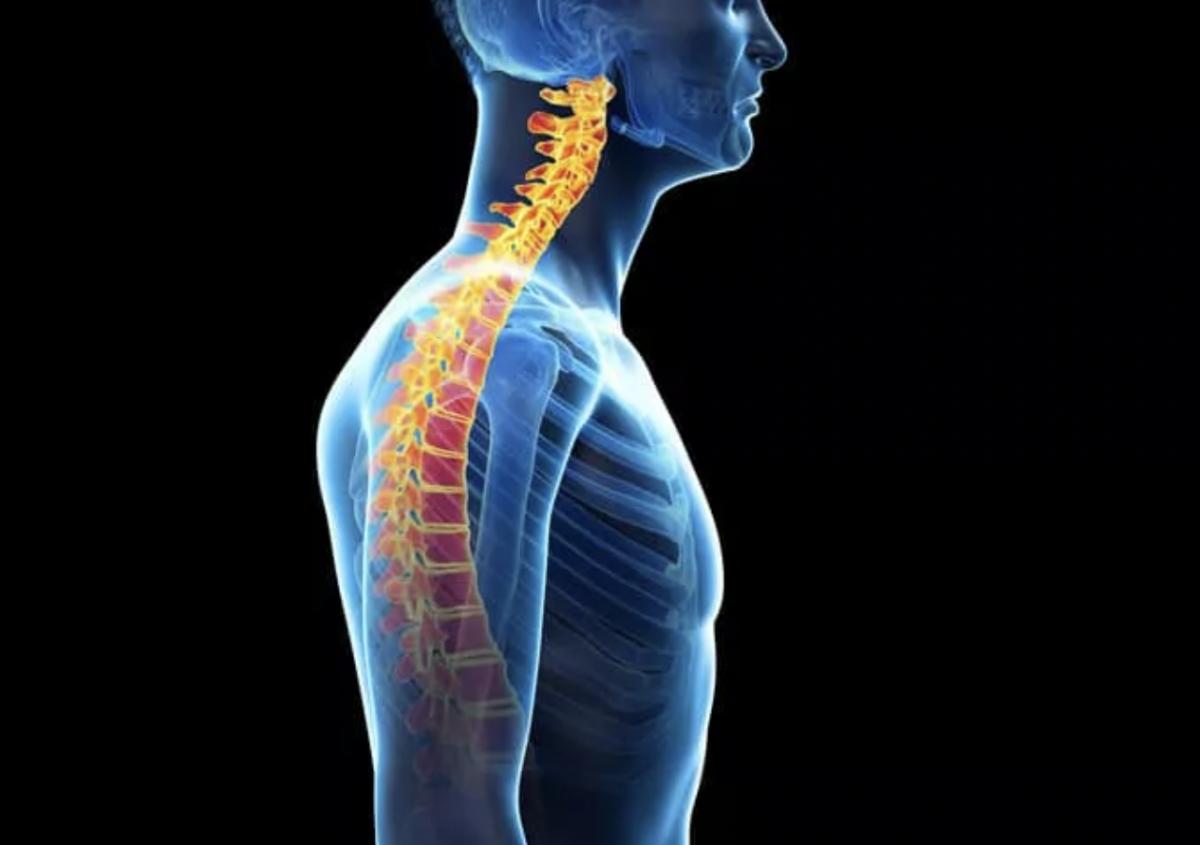Even in poor lighting or at a distance when all the details are fuzzy, you probably could recognize your friends simply by the way they stand or walk. Posture is quite possibly the most unconscious expression of ourselves. However, posture is so much more than how we sit, stand and walk; it includes all of our movements from dancing, shopping, getting dressed or playing an instrument. Posture is not only interactive but reactive, responding to our feelings and perceptions of ourselves; to the way we want to present ourselves; to how others respond to us; and to the physical and emotional environments in which we find ourselves.
Posture can be clinically defined as ‘a state of skeletal and muscular balance and alignment that protects the body’s supporting structures from progressive deformity and injury’. (Freeman, S.) Many of us realize the impact of good posture on appearance, but fewer may realize that good posture is vital to overall health and well-being.
GOOD POSTURE not only impacts the musculoskeletal system, but also breathing – giving the diaphragm and lungs more room to expand; digestion – keeping the internal organs in their natural position; concentration; cognition – more oxygen to the brain; energy levels; and confidence. Even more significant to many of us, good moving posture – where the body is balanced over its base of support, plays a critical role in fall prevention.
POOR POSTURE on the other hand contributes to pain, discomfort, muscle imbalance, shallow breathing, limited energy flow and diminished functioning of our internal organs. It can also cause stress on ligaments and joints which over time will ultimately lead to low-back pain, muscle knots, headaches, plantar fasciitis, bone spurs osteoporosis and respiratory problems. Sitting in a slumped posture weakens the core muscles preventing maximal chest expansion which limits breathing capacity. Poor posture also changes the position of internal organs causing faulty digestion/constipation. Moving in poor posture, where the body is not balanced over its base of support, is what increases the chance of a fall and poor posture also “affects cognitive health because the brain uses 20% of the body’s oxygen and a misaligned spine negatively impacts the flow of oxygenated blood to the brain”. (Ratey, J.J.)
A few keys exercises to improve your posture:
- Place interlaced fingers at the base of your skull, elbows out, then push the skull into your hands (visualize your ears moving back over your shoulders) Hold for a few seconds.
- Roll your shoulders up and backwards squeezing your shoulder blades together ten times.
- Arms at your sides, squeeze your shoulder blades together behind your back, hold and release. Then hold your arms out in front at shoulder height and squeeze shoulder blades together as you bend your elbows pulling your arms and shoulders back. Squeeze and release ten times.
Susan S. Covey is the Director of Health and Fitness at Acts Bayleigh Chase, Easton



Write a Letter to the Editor on this Article
We encourage readers to offer their point of view on this article by submitting the following form. Editing is sometimes necessary and is done at the discretion of the editorial staff.